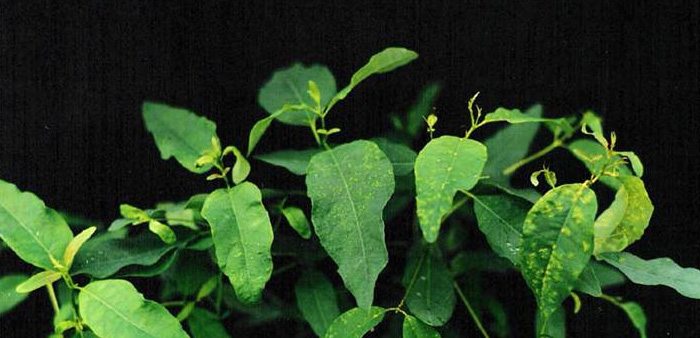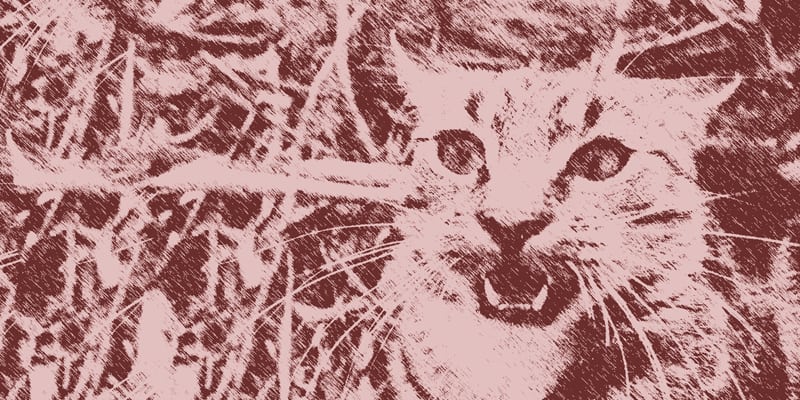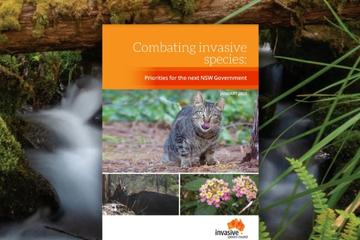
While we support the direction of the new Biosecurity Act we believe that a greater focus on reducing biosecurity risks to the environment will help better deliver the Act’s aim to prevent, eliminate and minimise biosecurity risks.
There will need to be a large public engagement campaign to explain how the Biosecurity Act operates, to develop understanding and support for the concept of shared biosecurity responsibility and to convey information about each person’s general biosecurity duty.
This will require a significant cultural shift, much in the same way that has been achieved for occupational health and safety.
Invasive species are an even bigger problem for the natural environment than they are for agriculture, with many more threats and far greater complexity in interactions, but less knowledge, fewer options for management and greater reliance on public funding”.
The tools available under the Biosecurity Act, if used correctly, have potential to substantially improve environmental biosecurity.








